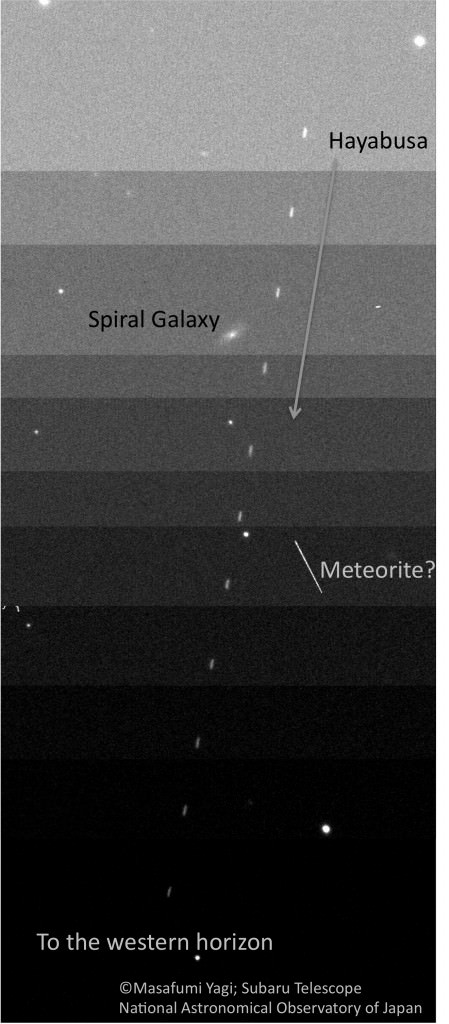3
3488
Guest
Thanks for that excellent video EarthlingX. It is short, but is extremely good, really getting the low down on 25143 Itokawa, stunning views & the size comparison with the ISS is a nice touch & puts 25143 Itokawa into context. I have taken some screen dumps.
Hi nimbus,
I think that is about right. It's pretty miniscule but certainly there is gravity there.
Hi BriK, welcome to SDC & thank you very much for the image. I have downloaded it into my vast, growing collection. :mrgreen:
Hi wildwell, welcome to SDC to you too.
I really, really hope there are samples from 25143 Itokawa in there, I really, really hope so. :shock:
Andrew Brown.
nimbus":3v5lx75c said:Gravity there is something like 1/100,000th Earth gravity.
Hi nimbus,
I think that is about right. It's pretty miniscule but certainly there is gravity there.
Hi BriK, welcome to SDC & thank you very much for the image. I have downloaded it into my vast, growing collection. :mrgreen:
Hi wildwell, welcome to SDC to you too.
I really, really hope there are samples from 25143 Itokawa in there, I really, really hope so. :shock:
Andrew Brown.







